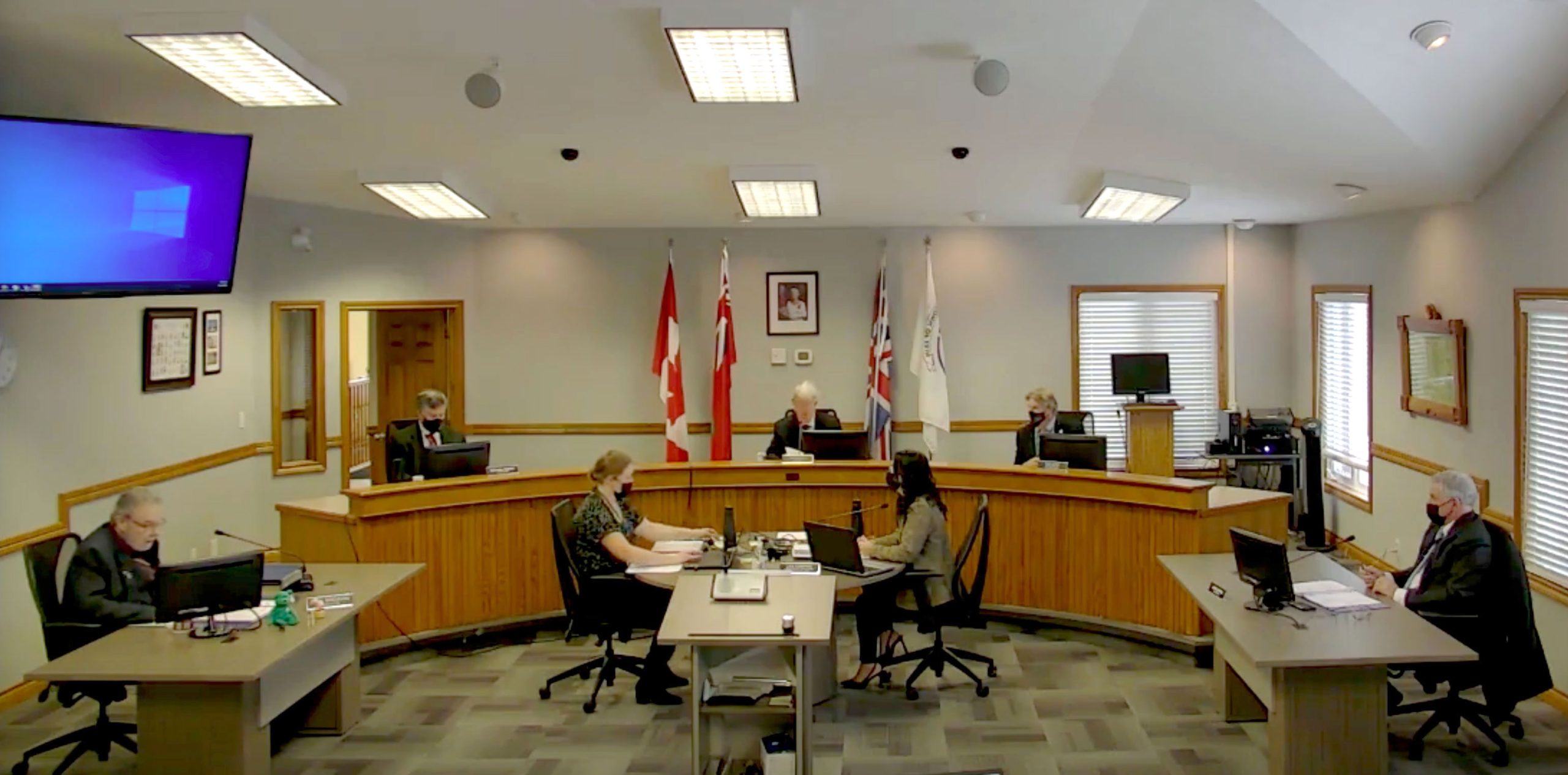ERIN – In order to balance the 2022 budget, and to fund the capital projects being requested, staff here are proposing a 2.9 per cent ($223,000) tax increase for Town of Erin residents.
This translates to an increase of $53 in taxes for an average residential home assessed at $600,000.
A $196,500 draw from the tax stabilization reserve has also been proposed to offset costs.
In a Dec. 7 meeting, council reviewed the second draft of the town’s 2022 proposed budget prepared by finance director Oliver Gob.
The latest version of the proposed 2022 Erin budget saw only minor changes from the preliminary budget presented to council on Nov. 23.
The Town of Erin is maintaining the 2.9% increase initially proposed, which Gob noted is well below the current rate of inflation.
In dollar terms, the town’s tax levy (total tax dollars used to fund the budget) sits at $7,913,202 projected in 2022, up from $7,689,659 in 2021, reflecting nearly a 3% increase.
Gob added the increase will allow for several of the capital projects listed in the 2022 budget to proceed.
The town’s total budget for 2022 is set at $45.9 million, which includes $13.3 million in operating expenses and $32.6 million in capital expenses.
The $32.6 million in capital expenses cites $23 million scheduled to be funded from development charges, $1 million set to be funded through taxation, with the remainder to be funded through reserves, debt payments and grants.
Capital projects include $9,466,300 for the wastewater treatment plant, with $6,247,758 of that cost to be funded through development charges and $3,218,542 from grants.
Other notable line items include $10,689,700 for the town’s wastewater collection system, with $8,017,275 to be funded from development charges and $2,672,425 from grants, and $8,507,077 for a new water service system which is anticipated to be fully funded through development charges.
“For the outgoing years of 2023 to 2025, using the planning assumptions, the forecast presented does present a conservative outlook for the future,” Gob explained.
Even if growth does not occur in future years, which Gob noted is “highly unlikely,” a draw from the tax stabilization reserve can maintain the tax rate increase at 2.9% instead of the anticipated rate of inflation of 4.4%.
Public survey
Following the presentation of the preliminary budget on Nov. 23, staff also circulated a budget survey on the town’s website.
Of the town’s population of nearly 12,000, 211 residents completed the survey.
A key theme highlighted in the survey, Gob explained, was that residents wanted to see more investment primarily in roads and parks and recreation.
However, councillors expressed concerns that the budget survey results did not reflect the different needs of Erin residents, notably with regards to which parks in the town need updating.
“I just find that sometimes these surveys don’t really reflect the numbers in the sense that Ballinfad only has so many people there,” said councillor Rob Smith.
“I’d like to see these graphs tweaked a bit to really get a pulse and a feel from those little areas and what’s important to them because I wouldn’t want these places to get left out. It’s just not fair to them.”
Councillor Jamie Cheyne added there’s likely more people that live near a park in Erin than in Ballinfad, which would alter the numbers.
Gob took feedback from council as direction for future surveys to get better data for council consideration.
“I think if we can learn from this to further refine surveys then that’s a good takeaway,” said councillor John Brennan.
“I think people have to understand you have to apply this in the broader context as best you can and that’s basically what the people pay us to do.”




